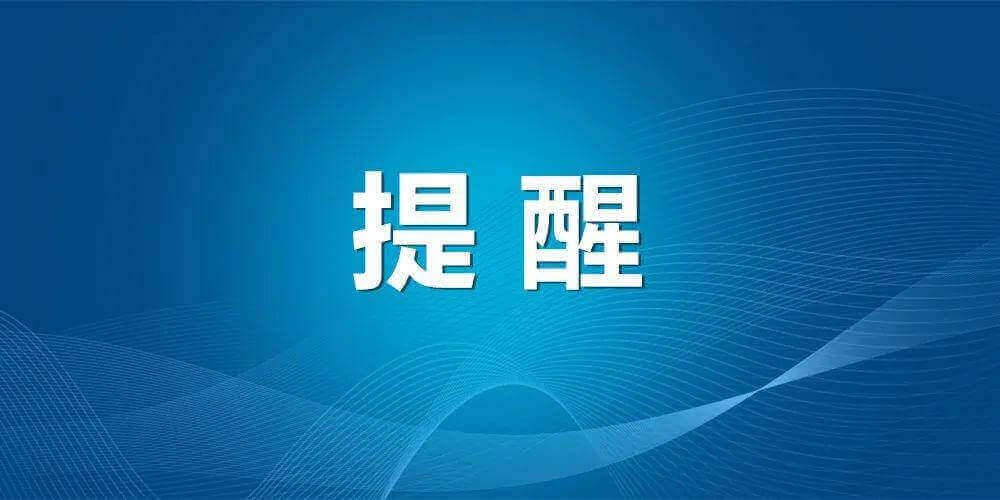India’s T-72 Tank Retirement: A $2.5 BillionOpportunity for Global Arms Market
New Delhi, India – The Indian Army isembarking on a major modernization effort, with plans to phase out its entire fleet of T-72 main battle tanks and replace them with a new generation of domesticallyproduced tanks. This move, which involves the potential sale of nearly 2,500 T-72s, is creating a significant opportunity for the global arms market, particularly in regions like Africa, the Middle East, and Southeast Asia.
The T-72, a mainstay of the Indian Army since the 1980s, has served the country faithfully in numerous conflicts, including the1984 Operation Blue Star and the 1999 Kargil War. Its robust armor and relatively low price tag made it a reliable workhorse for the Indian armored forces, with over 2,400units in service at its peak.
However, the T-72’s performance has been gradually eclipsed by advancements in global military technology. Despite numerous modernization programs, the tank’s limitations in terms of protection, firepower, and mobility become increasingly apparent in the face of modern battlefield threats. The rise of drones,anti-tank missiles, and precision-guided weapons has exposed the vulnerability of traditional tanks, prompting India to seek a new solution.
The Future Ready Combat Vehicle (FRCV): A New Era for Indian Armor
To address the challenges of future warfare, India has launched the Future Ready Combat Vehicle (FRCV) program. This ambitious project aims to build 1,770 new indigenous tanks by 2030, designed to meet the demands of modern combat. The FRCV will feature enhanced protection through composite and reactive armor, advanced fire control systems, automated battlefield management systems, and improved communication and situational awareness capabilities.
The Indian Ministry of Defence has committed 70% of the funding for this project, highlighting the country’s commitment to boosting its indigenous defense production capabilities. The FRCV represents a significant step towards reducing India’s reliance on foreign technology and building a more self-sufficient defense system, aiming to secure a dominant position infuture regional conflicts.
The T-72: A Hard Currency Opportunity
The retirement of the T-72 fleet presents a lucrative opportunity for global arms dealers. With nearly 2,500 tanks available for sale, the Indian Army’s decision is expected to generate billions of dollars inrevenue. These tanks, considered hard currency in the global arms market, are likely to attract significant interest from countries seeking to upgrade their armored forces at a relatively affordable price.
The sale of these T-72s could have a significant impact on the global arms market, potentially influencing the balance of power invarious regions. The availability of these battle-tested tanks at a competitive price could lead to a surge in demand, particularly from countries with limited budgets but a need to enhance their military capabilities.
Conclusion
India’s decision to retire its T-72 fleet and replace it with the domestically produced FRCVmarks a significant shift in the country’s defense strategy. This move not only reflects India’s commitment to modernizing its armed forces but also presents a substantial opportunity for the global arms market. The sale of these tanks, along with the development of the FRCV, highlights India’s growing ambition to become a leadingplayer in the global defense industry. As India continues to invest in its military modernization, the impact of its decisions will be felt far beyond its borders, shaping the future of the global arms market and influencing the balance of power in various regions.
Views: 0
